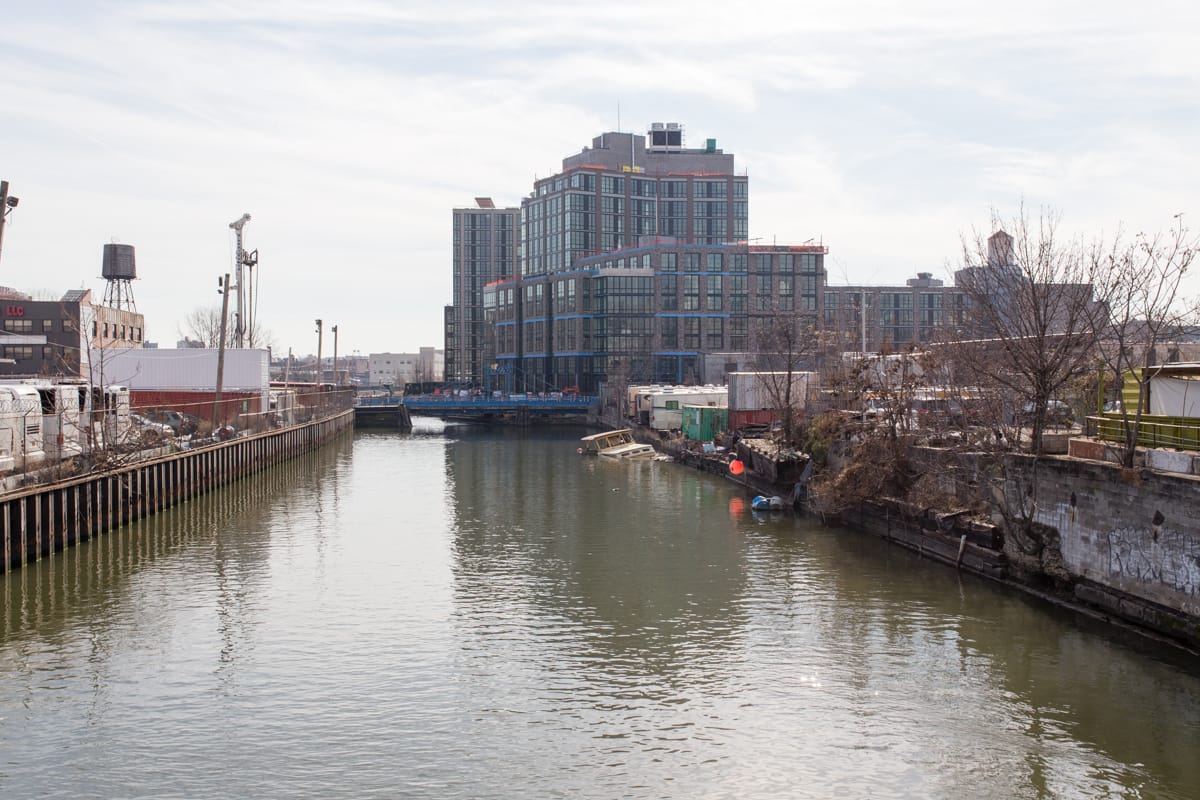Lander Urges Neighbors To Help ‘Plan Gowanus’


NYC Council Member Brad Lander sent out a message today asking neighbors to get involved with Plan Gowanus, the digital community engagement platform where users can find information about and provide feedback to the Gowanus Neighborhood Planning Study.
The mission of the Gowanus Neighborhood Planning Study is to work with the community in establishing a prioritized set of recommendations that will be used to draft a land use and planning framework for the Gowanus area. The public process includes various forms of community engagement and participation, such as public meetings, workshops, and other methods of outreach.
The Study supports the goals of Bridging Gowanus, a community planning process that is shaping a sustainable, livable, and inclusive future for Gowanus—throughout the ongoing changes in the neighborhood, the Superfund cleanup, and real estate pressure.
Lander lists some of the tasks at hand for the Study’s team, “to keep the Superfund cleanup on track, make overdue investments in NYCHA, stem the outflow of artists from the area, strengthen the manufacturing sector and mixed-use character of Gowanus, and contend with climate change and sea-level rise.”
Along with urging locals to voice their opinions and ideas for Gowanus, Lander included in his message an update on the planning process so far.
Launched by the NYC Department of City Planning, a series of community meetings began last summer, inviting homeowners, tenants, NYCHA residents, business owners, artists, environmental activists, and affordable housing advocates, to collaborate on the future of Gowanus.
An October 2016 kick-off meeting introduced the PLACES study which will develop a planning and land-use framework to guide infrastructure investments and rezoning proposals.
In December 2016, the group held a public presentation focused on grounding the PLACES study in resiliency and sustainability, including the EPA’s Superfund cleanup, the challenges of flooding, and the risk of sea-level rise.
In March of this year, the first land use & urban design workshop gave participants an opportunity to comment on different land uses and urban design options.
Launched in January 2017, and running until the summer, five working groups meet monthly to develop ideas on arts & culture, industry & economic development, housing, public realm, and resiliency and sustainability for the future of the Gowanus neighborhood.
The five working groups will present all the information collected from the monthly meetings in the fall when more community meetings will be scheduled to discuss land use and urban design, as well as public schools, transportation, and more.
“We’ve been talking about the future of Gowanus for a long time,” Lander says, “but shaping the future of our community — especially given the challenges of escalating real-estate values, climate change, and political uncertainty — is no easy feat. So we’re taking our time to hear as many voices as we can.”
Click on Plan Gowanus to learn more and to post your comments and suggestions.



